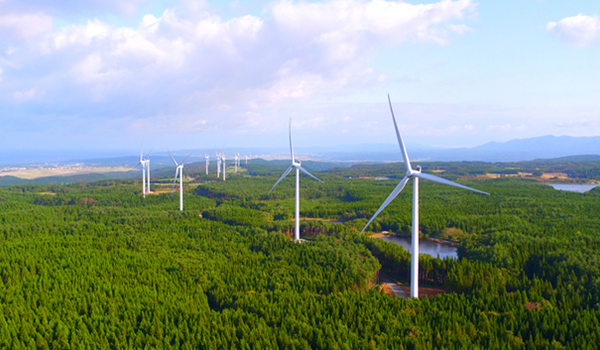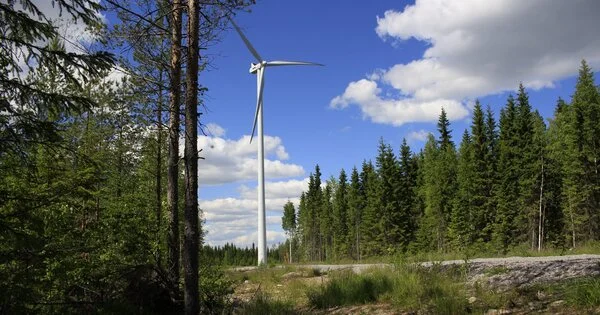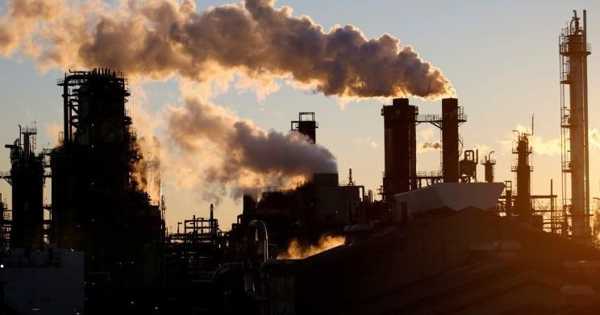Forests are our planet’s most effective means of climate protection, not only as natural carbon reservoirs, but also as effective sites for generating environmentally friendly wind energy. As a result, wind turbines in commercial forests protect people without destroying the forest’s habitat. Wind turbines in a forest setting can only be built by experienced project developers, ensuring that the forest remains a valuable natural habitat and recreational area. UKA implements forest wind energy projects in monoculture areas, primarily in coniferous wood-growing areas. As a general rule, ecologically significant forests are excluded from the acreage allocation process.
Wind turbines in forests can present challenges and benefits. On the one hand, the installation of wind turbines in forests can have a negative impact on wildlife, such as birds and bats, as well as the natural habitat. The turbines can disrupt migration patterns and cause direct fatalities to birds and bats that fly into the rotating blades. Additionally, the construction of roads and access to the turbines can lead to habitat fragmentation and degradation.
On the other hand, wind turbines in forests can also provide environmental benefits by reducing greenhouse gas emissions and other pollutants. By generating clean energy, wind turbines in forests can help reduce the need for fossil fuels and the associated environmental damage from their extraction and use. Additionally, properly managed wind turbine installations can provide a source of revenue for forest landowners, which can encourage conservation and sustainable management of the forests.

Wind speeds slow down over forested terrain, resulting in higher wind shear and increased turbulence. High wind shear and turbulence increase fatigue loads on turbines, and most turbines are not designed to withstand these loads. This results in higher maintenance costs and a shorter overall life time. We will investigate how forest clearings affect wind conditions in a wind farm in this project. We will also look into the most efficient way to arrange key-hole cuts made when erecting a turbine in the deep forest.
Overall, the installation of wind turbines in forests requires careful consideration of the potential impacts on the environment and wildlife, as well as the benefits of generating clean energy. It is important to carefully assess the specific site and conduct thorough impact assessments to minimize any negative impacts and ensure sustainable development.
Forests are the most effective means of climate protection because they act as massive natural carbon reservoirs. Forests cover 30% of the Earth’s land surface and store roughly half of the carbon captured on the planet. Simultaneously, a portion of these forests, designated for timber production and commercial forestry, can be used to generate environmentally friendly wind energy.
















